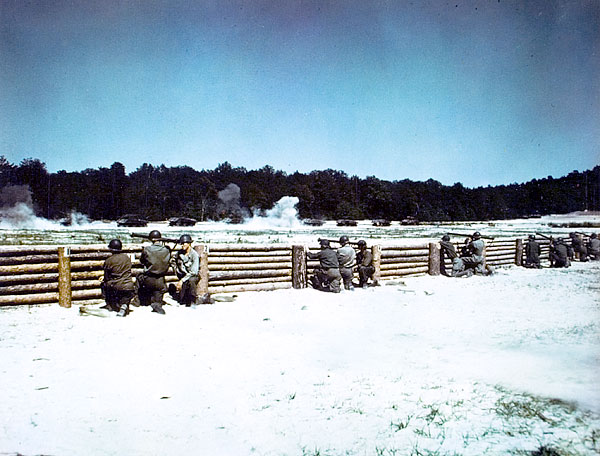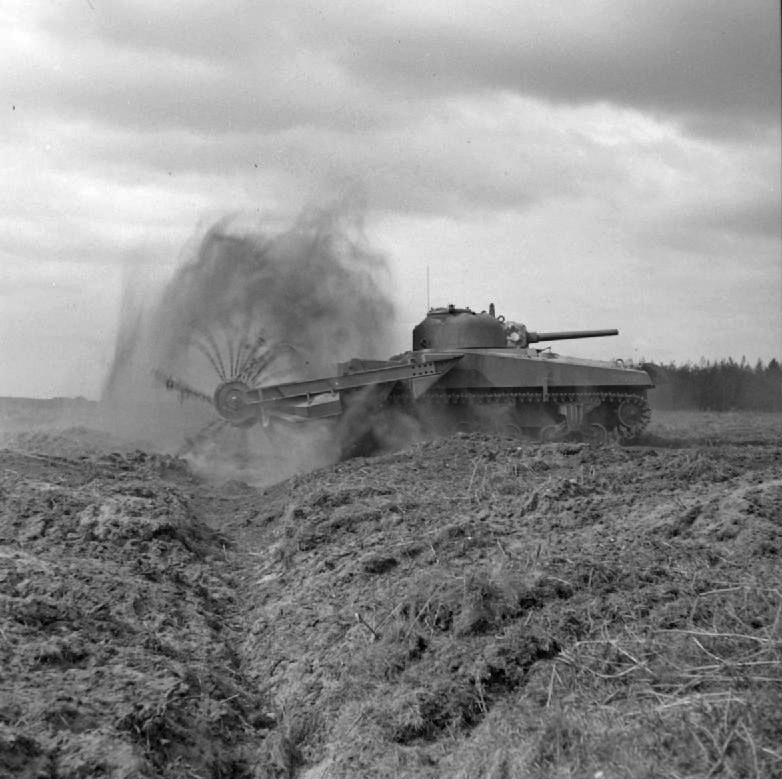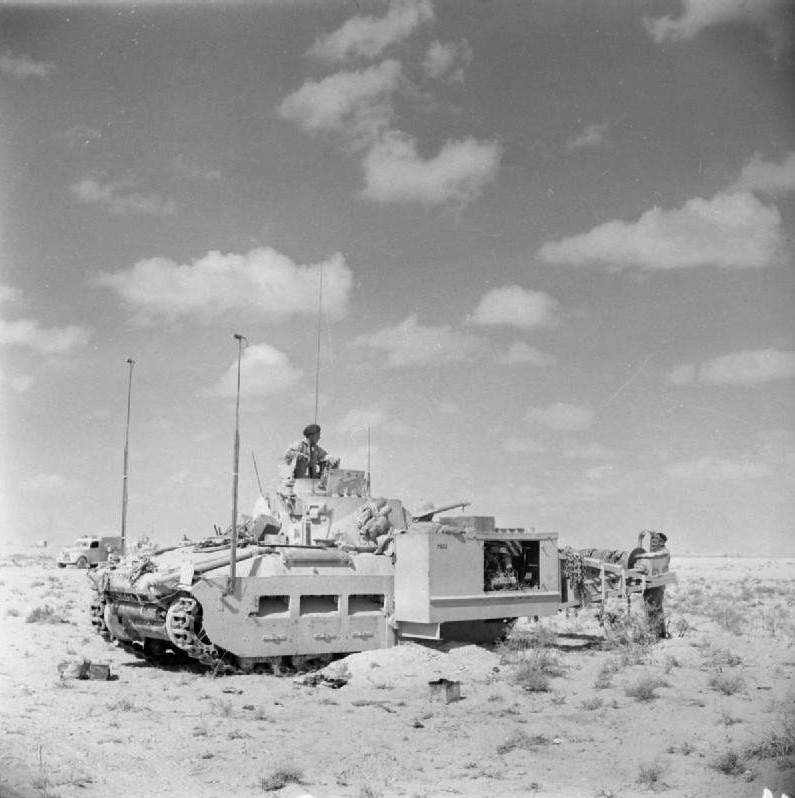So what? The US could replace them. What actually happened most of the time was that the Shermans were up against unsupported German infantry. When compared to an infantry shirt, the Sherman is a very heavily armoured beast indeed.
very true. but dot underrate the widespread of the panzerfaust in all sort of infantry, so the crew inside the armored beast might not feel too safe and superior, especially in uncommon surroudings.
jens










